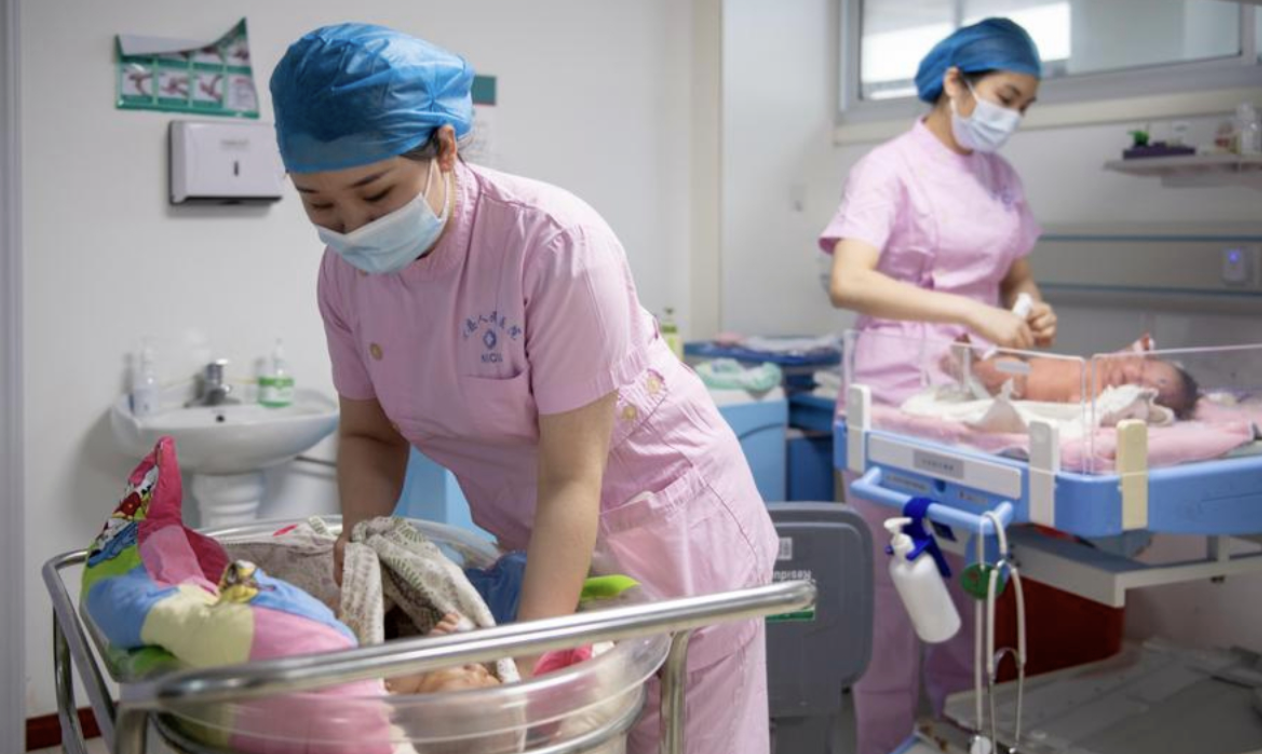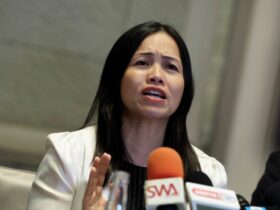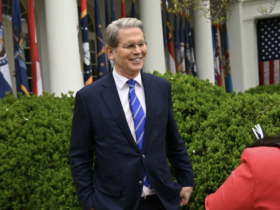BEIJING, July 29 – China announced on Monday a groundbreaking nationwide cash subsidy policy for parents, including those with only one child aged three or younger, an effort to help alleviate the financial pressure on families raising children and boost the country’s birth rate.
The nationwide subsidies apply retroactively from January 1, 2025, the Xinhua News Agency reported.
It will provide annual cash payments of 3,600 yuan ($502) per year for each child under the age of three who was legally born and holds Chinese nationality. The subsidy will be paid until the child turns three. For children born before January 1, 2025 who are still under three, the subsidy will be prorated based on the number of eligible months.
Implementing a nationwide childcare subsidy system is a brand-new public policy that affects millions of households and represents an important initiative to enhance public well-being, China’s National Health Commission (NHC) said on Monday in a statement.
According to the NHC, issuing childcare subsidies is a long-term institutional arrangement and a key measure for “investing in people,” which helps foster a childbearing-friendly society and promotes high-quality population development.
According to the NHC, the policy is expected to benefit more than 20 million families with infants and young children each year.
The national childcare subsidy policy differs significantly from those introduced previously by local governments, most of which only provide subsidies for second and third children, excluding first children, He Yafu, an independent demographer, told the Global Times on Monday.
The national policy, in contrast, treats first, second and third children equally, offering the same subsidy for each, which serves as the appropriate approach to encourage childbirth as China’s declining birth rate has been largely due to a decrease in first-child births in recent years, according to He, who has long tracked demographic data.
According to He Dan, director of the China Population and Development Research Center, since the subsidies are available for first, second and third children at the same standard, this achieves comprehensive support for families under the three-child policy, which reflects the policy’s inclusiveness and fairness.
According to the NHC, all localities are currently rushing to develop detailed implementation plans for the childcare subsidy system and actively preparing for its rollout. It is expected that applications for the childcare subsidy will gradually open across the country in late August.
According to the plan, the central government will provide financial support to eastern, central, and western regions based on a proportional system and local governments may raise the subsidy standard according to their financial capacity, but the additional funds required for the increased amount must be covered by local finances.
According to Zhu Kun, a fellow researcher from the Chinese Academy of Fiscal Sciences, childcare subsidy standards vary across developed countries, but overall, the annual subsidy per child typically accounts for between 2.4 percent and 7.2 percent of the country’s per capita GDP. Based on international experience, the proportion of China’s childcare subsidy relative to per capita GDP is considered reasonable, Xinhua reported.
Through coordinated efforts between the central and local governments, a multi-level, comprehensive system of childbirth support policies can be established, Xinhua reported, citing Jiang Quanbao, a professor from the School of Labor Economics, Capital University of Economics and Business.
Regarding the effectiveness of cash subsidies in promoting childbirth, Song Jian, deputy director of the Population Development Studies Center at Renmin University of China, said that, overall, such measures are beneficial for increasing birth rates or preventing further decline in births, despite that the impact of childcare subsidies on encouraging childbirth varies among families.
Some experts also noted that the policy is not a “magic key” and should be integrated with policies on maternity leave, childcare services, education, and housing to form a coordinated system, Xinhua reported.


-加码-scaled.jpg)

-加码-scaled.jpg)














Leave a Reply